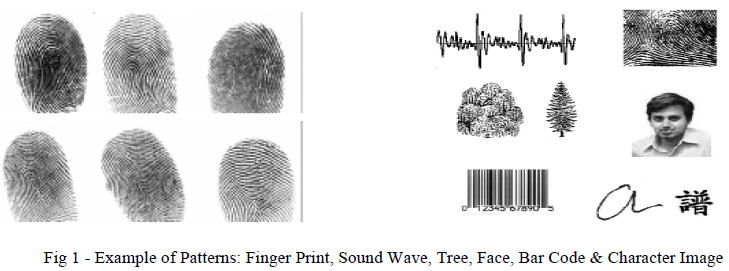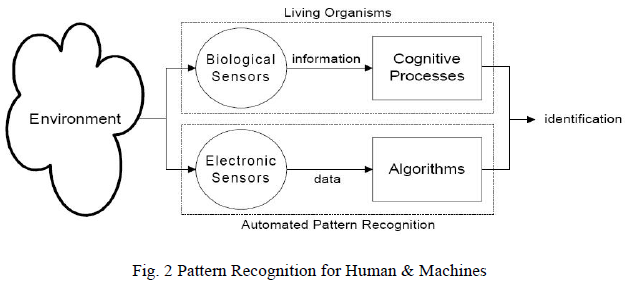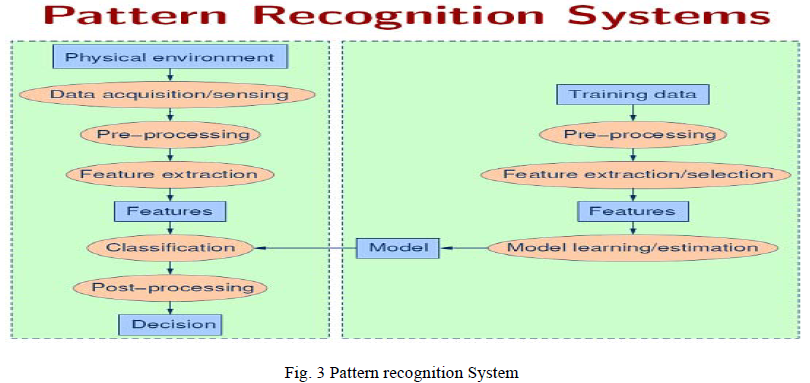SKEDSOFT
Introduction: In Artificial Intelligence Science, Machine Perception is defined as the ability of machine to process visual input data and deduce the aspects of world. Having capability of analyzing visual input data from input device like camera and having capability of making decision on input visual data, gives birth to “PATTERN RECOGNITION SYSTEM” on machines, which is the biggest trait of Human beings.
Human ability to recognize patterns is remarkable. A Human can recognize face out of thousand faces, irrespective of varying illumination intensity, varying facial rotation, varying facial expressions, varying facial biometrical changes, varying facial scaling and even with occluded face images. Pattern Recognition is still an ongoing wide research study, which tries to make machine as intelligent as human being for recognizing patterns. Before understanding the system and related algorithms, let’s first understand the basic definitions.
Pattern: A pattern is defined by the common denominator among the multiple instances of an entity. For example, commonality in all fingerprint images defines the fingerprint pattern; thus, a pattern could be a fingerprint image, a handwritten cursive word, a human face, a speech signal, a bar code, or a web page on the Internet.

Pattern Class: Often, individual patterns may be grouped into a category based on their common properties; the resultant group is also a pattern and is often called a pattern class.
Pattern Recognition: Pattern recognition is the science for observing (sensing) the environment, learning to distinguish patterns of interest (e.g., animals) from their background (e.g., sky, trees, ground), and making sound decisions about the patterns or pattern classes (e.g., a dog, a mammal, an animal).
Pattern Recognition System: Pattern recognition (PR) is the most important trait of cognitive ability, be it of humans or animals. The ability to recognize patterns is central to intelligent behavior. We receive signals from environment through our sensory organs which are processed by the brain to generate suitable responses. The whole process involves extraction of information from the sensory signals, processing it using the information stored in the brain to reach a decision that induces some action. All these information we work with are represented as patterns. We recognize voices, known faces, scenes, written letters and a multitude of other objects in our everyday life.

Figure 2, gives overview of pattern recognition process of human & machines.
Pattern Recognition System consists of three basic units.
- Data Perception - “Visual input data is perceived from the environment and get pre-processed”
- Feature Extraction - “The process of extracting relevant feature information from processed data”
- Classification / Recognition - “Process of classify/recognize feature information among training data”
In pattern recognition system, first the visual data is captured from the environment using input device like camera / microphone etc. The input data is then being pre processed, so that data being able to read & analyze by computer as per the algorithm. This process can be termed as ‘collecting and processing’ data from environment. Then extracting relevant features from the processed data. These relevant features collectively form entity of object to be recognized. Then a classifier is deployed to classify or recognize the input data. This classifier acts upon the descriptor of features extracted.
